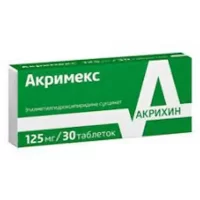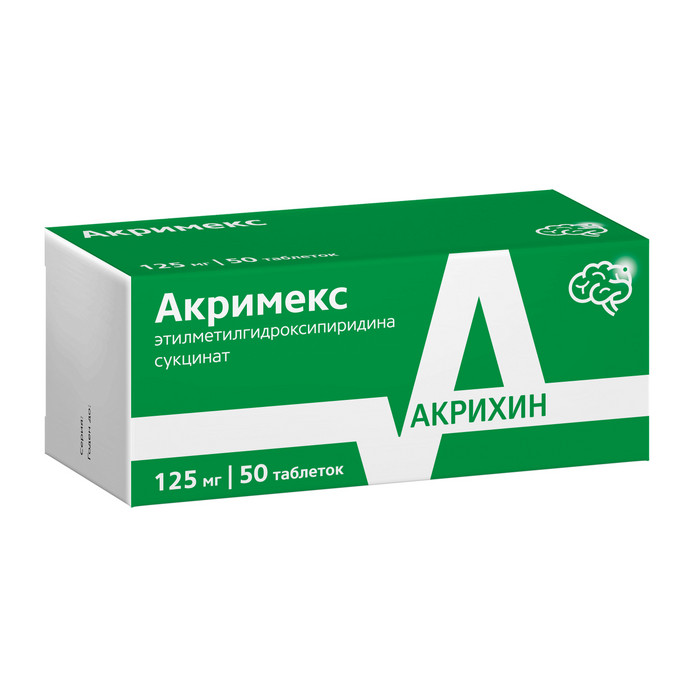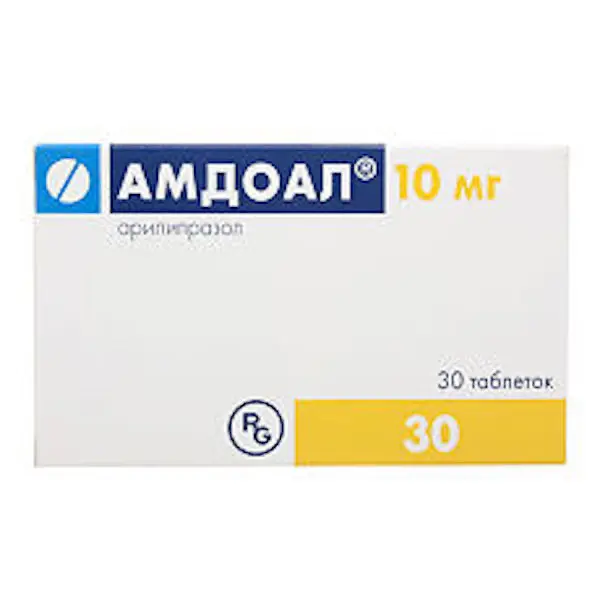Description
Tagiste Pharmacodynamics.
Betahistine acts mainly on histamine H1- and H3-receptors of the inner ear and CNS vestibular nuclei. Through direct agonist effect on H1-receptors of the inner ear vessels, and also indirectly through the effect on NZ-receptors, it improves microcirculation and capillary permeability, normalizes endolymph pressure in the labyrinth and cochlea. At the same time, betahistine increases blood flow in the basilar artery.
It has a pronounced central effect, being an inhibitor of NZ-receptor nuclei of the vestibular nerve. Normalizes conduction in neurons of vestibular nuclei at brainstem level.
Clinical manifestation of the above properties is reduction of frequency and intensity of dizziness, reduction of tinnitus, improvement of hearing in case of its reduction.
Indications
– Treatment and prevention of vestibular vertigo of different origin:
– Syndromes including vertigo and headache, tinnitus, progressive hearing loss, nausea and vomiting:
– Meniere’s disease or syndrome.
Contraindications
– Hypersensitivity to any of the ingredients of the drug:
– Under 18 years of age (due to lack of data);
– pregnancy and lactation (for lack of data).
Dosage and administration
- Orally, with meals.
- Tablets 8 mg: 1-2 tablets 3 times a day.
- Tablets 16 mg: 1/2 to 1 tablet 3 times a day.
- 24 mg tablets: 1 tablet 2 times a day.
- Improvement is usually seen already at the beginning of therapy, stable therapeutic effect occurs after two weeks of treatment and may increase during several months of treatment. Treatment is long. The duration of treatment is determined individually.





